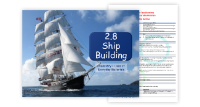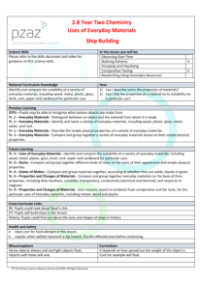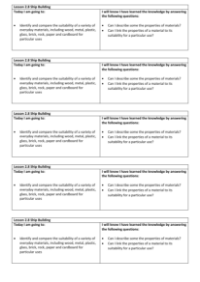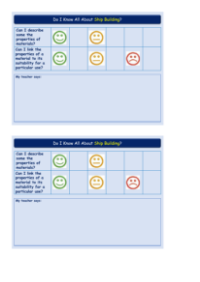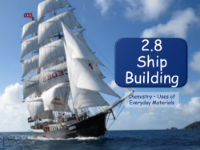Ship Building - Teacher Explanation

Science Resource Description
The first practical activity in this lesson plan introduces pupils to the concepts of floating and sinking through an experiment that requires a measuring jug filled with water, an egg, a spoon, a teaspoon, and some salt. The teacher demonstrates by placing an egg into the water to show that it sinks due to being denser than the water. However, when salt is added to the water, the density of the water increases. The teacher explains that adding salt incrementally is more scientific but proceeds to add a large amount for demonstration purposes. After stirring the salt to dissolve it without breaking the egg, the egg begins to float, illustrating to the pupils how the density of the water has changed enough to make the egg less dense in comparison, causing it to rise to the surface.
The lesson then moves on to 'boat designs', where pupils explore why metal boats float despite most metals sinking in water. This is another exploration of density, where pupils create boats of different sizes from foil and test how much 'cargo' (coins) each boat can hold before sinking. The materials required for this task include water bowls, foil, coins, a ruler, scissors, and a marker pen. Pupils mark out dimensions on the foil, fold the sides to create boats, and then place them on the water to add coins until the boats sink. By repeating the experiment with various dimensions as suggested in the lesson plans, pupils can determine the best shape for a boat in terms of cargo capacity. The teacher concludes by expressing hope that the pupils will enjoy the activities and learn about the principles that govern floating and sinking.

